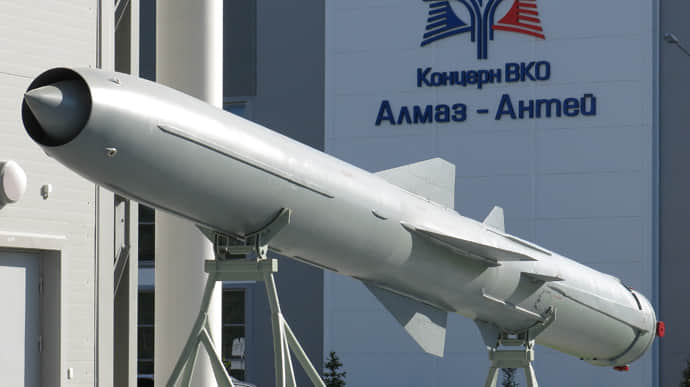Ukrainian Air Force explains challenges of destroying Russian Oniks missiles

The detection and destruction of Russian Oniks cruise missiles lie in the fact that they fly at a speed of over 3,000 km per hour, and when approaching a target, the missile can actually fly 10-15 metres above the water. Source: Interfax-Ukraine news agency, citing Ukrainian Air Force Spokesman Yurii Ihnat Quote from Ihnat: "Oniks missiles were designed to destroy boats and warships.
It flies at Mach 2.6. This is more than 3000 km per hour, so the speed is considerable. It can climb high to save fuel while on the move.
When approaching the target, the missile can fly 10-15 metres above the water to destroy the ship, making it difficult for the air defence systems to detect and shoot it down." Details: However, he said, electronic warfare systems have been helpful in countering this type of missile. "That's why we see that not all missiles reach their targets," Ihnat said.
Advertisement:He noted that Ukraine needs to boost the security of its southern oblasts and port cities against ballistic missiles. The spokesman said that Patriot or SAMP-T systems could provide protection for this area.
Background: Ukrainian air defence forces destroyed 18 out of 38 air targets launched by Russian occupiers on the night of 20 July to attack Ukraine.
In particular, the Russian forces fired 7 Oniks cruise missiles from the Bastion coastal missile system (Crimea); 4 Kh-22 air-based cruise missiles launched from eight Tu-22M3 aircraft (Black Sea area); 3 Kalibr sea-based cruise missiles, presumably from a submarine (Black Sea area); 5 Iskander-K land-based cruise missiles (Crimea); 19 Shahed-136/131 attack drones from two directions - from the south (Cape Chauda, Crimea) and the north-east (Kursk, Russia).
Journalists fight on their own frontline. Support Ukrainska Pravda or become our patron!